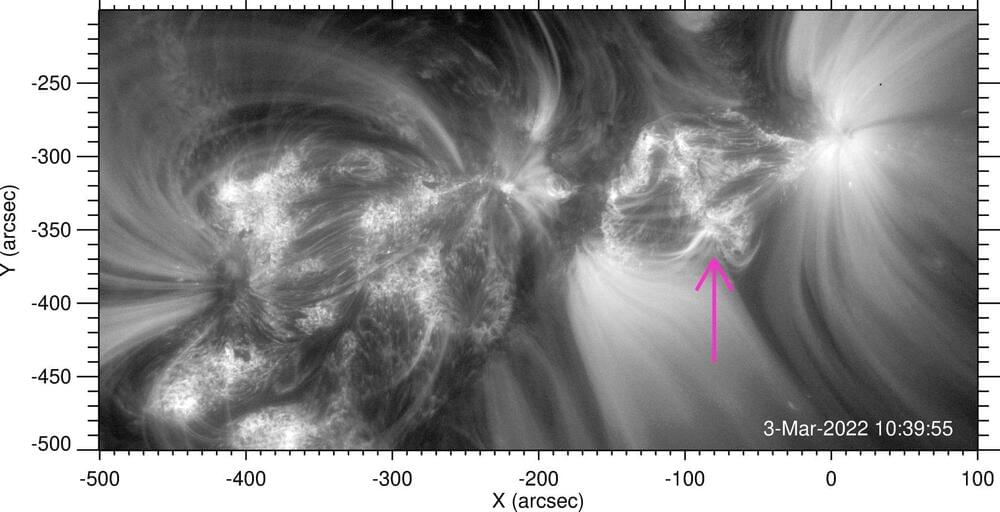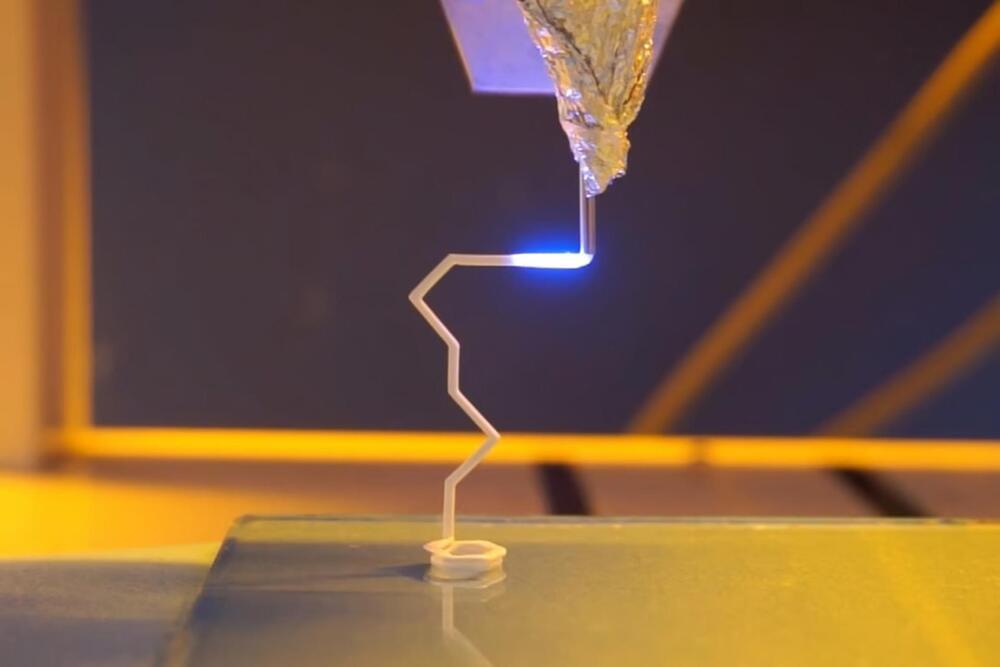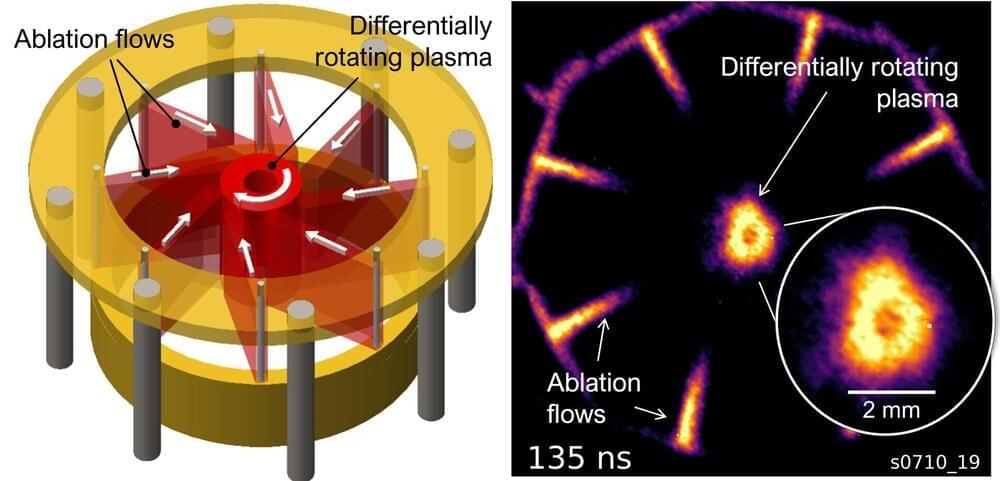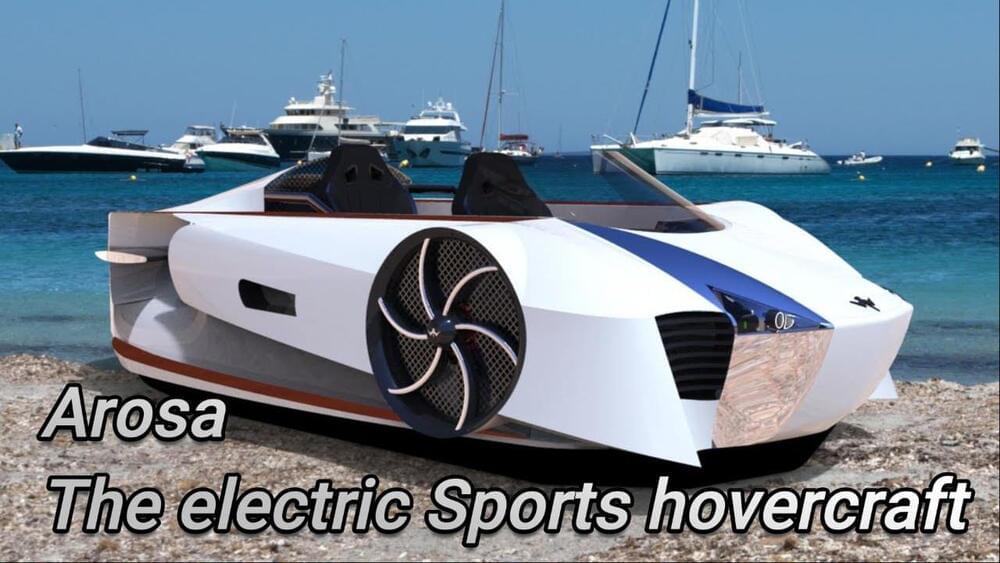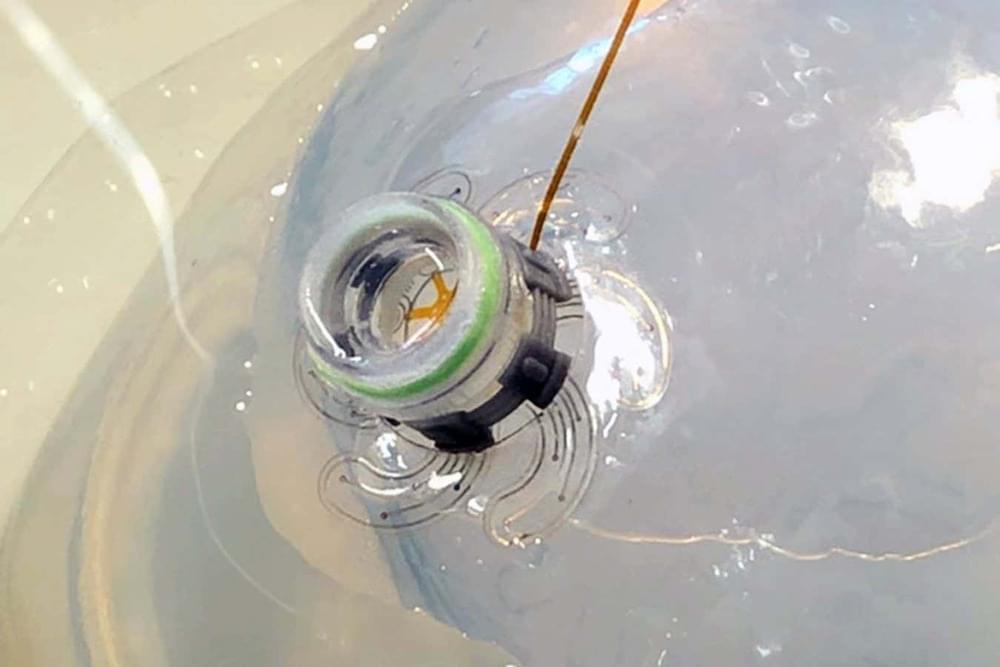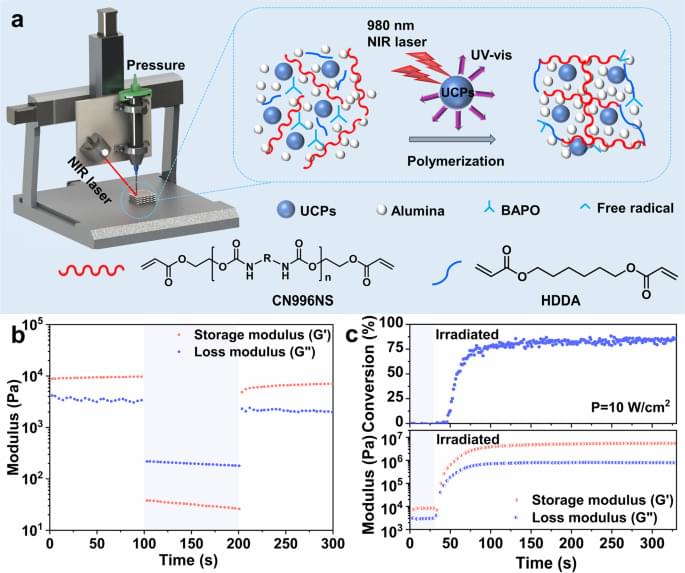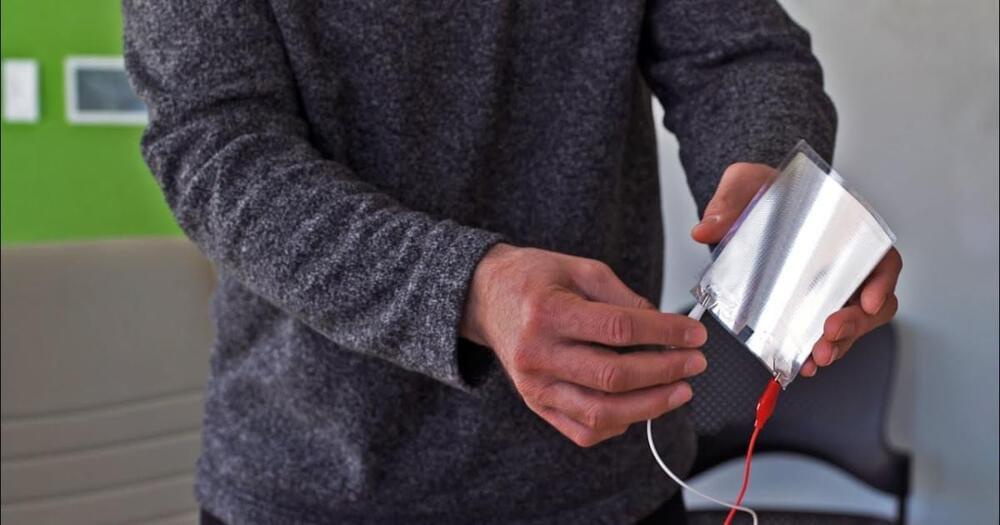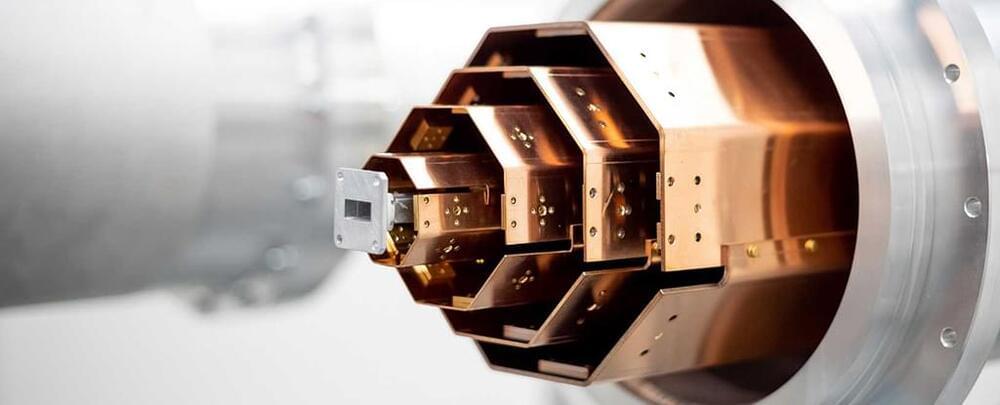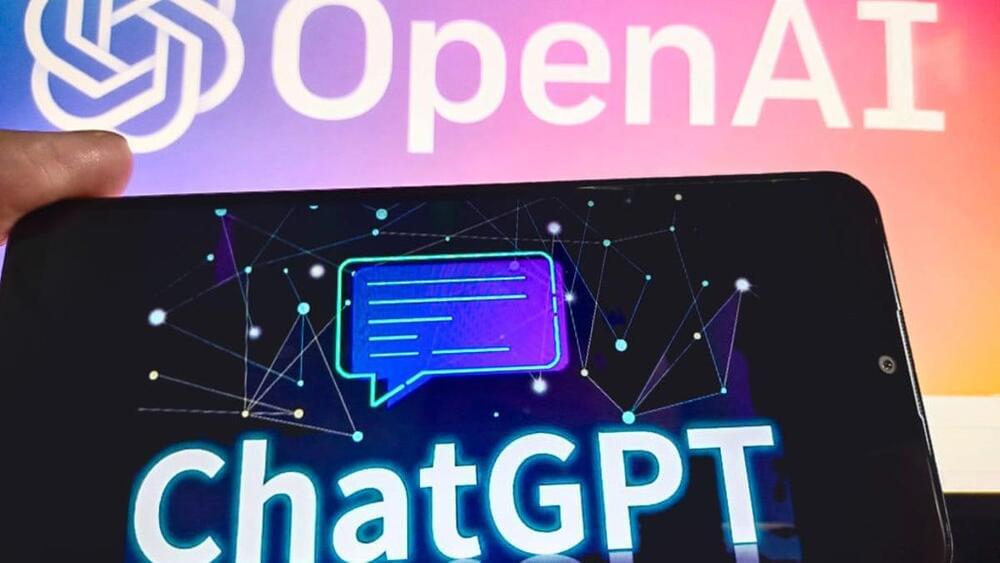Impulsive or Helium-3 enriched solar energetic particle (SEP) events, characterized by Helium-3 and ultra-heavy ion abundances, show high association with type III radio bursts. Minor (B-or C-class) GOES soft X-ray flares often accompany these events.
There are reports on such events measured in clusters from sub-flares in single active regions, where abundance showed significant variations. Imaging observations revealed that sources of these recurrent Helium-3 enriched are jets from solar plages (patches of scattered magnetic fields) or coronal hole edges.
From a distance of only half an astronomical unit (AU), or around 46.5 million miles, scientists from the Southwest Research Institute (SwRI) have made the first close-up observations of a source of energetic particles ejected from the Sun. ESA’s Solar Orbiter provided high-resolution images of the solar flare.
